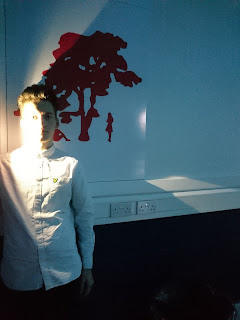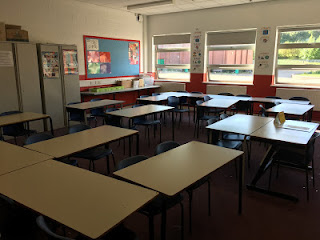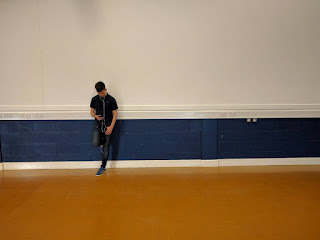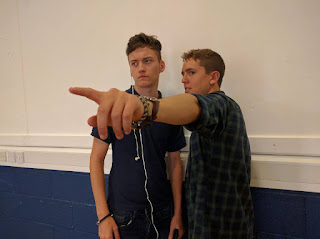LIGHTING
This week we looked at the art of lighting in productions and what effect they can have on the reader. It can impact the reader by accenting certain things, Hiding certain things and overall by using lighting the director can create a plenitude of emotions. After the lesson we were also given the opportunity to practice the different ways we can use lighting to impact shots. here's what we created:
There are several lighting techniques for example;
- Natural lighting - can refer to the use of artificial lighting that has a yellow or white hue and gives the illusion of a naturally formed piece of light coming from the sun.
- 3-point fill lighting - 3 light points are used in unison as to create a "normal looking scene with soft shadows and average colours" this is the antithesis of Chiaroscuro lighting.
- Chiaroscuro lighting - Harsh lighting that creates an intense and extreme contrast between shots.
- High key lighting - It uses harsh bright lights to reduce contrast in a scene, giving the scene a white-washed look that removes any shadows in frame.
- Artificial lighting - This covers any light source that is man-made and not natural, For example light bulbs, ultraviolet lamps, etc
- Back Lighting - Back lighting is when the scenes source of lighting is from behind, this type of lighting is most common in romantic films as it creates silhouettes.

























